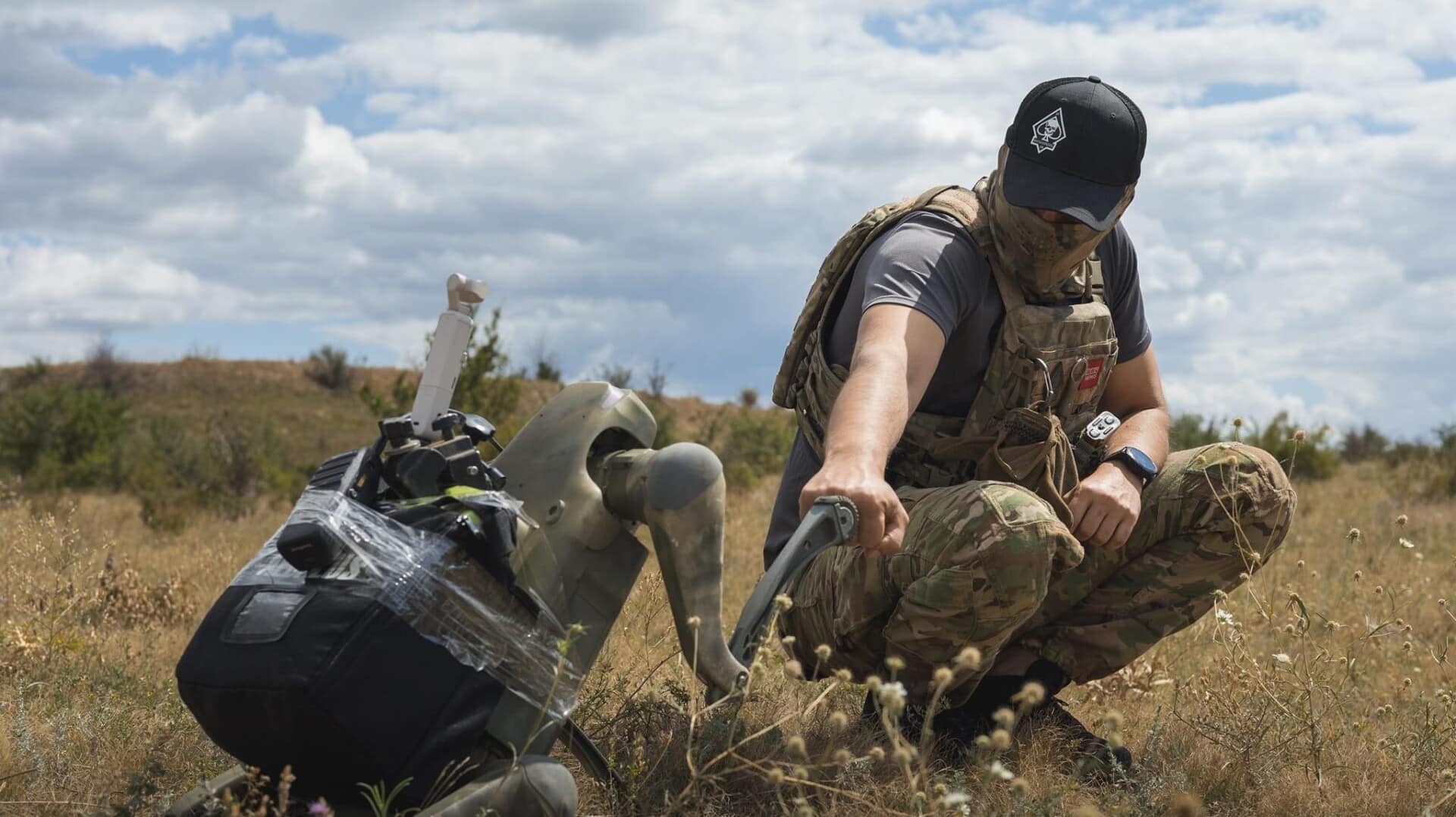
Ukraine's new robot dogs can dispose bombs on the battlefield
What's the story
Ukraine has made a groundbreaking move by deploying robotic dogs on the battlefield, marking the first known use of such machines in combat. These robots are not autonomous but are remotely controlled similar to drones. They can perform tasks like opening doors, bomb disposal, and detecting booby traps. The robotic dogs have been supplied by a UK-based security company, Brit Alliance, which offers a broad range of services from VIP protection to international shipping security.
Supplier details
British firm supplies robots to Ukraine
Brit Alliance also offers assistance with military training and drone security and surveillance. Despite being active in Ukraine, as indicated on their website, Brit Alliance did not respond to requests for information about the robots. Ukraine's 28th Mechanized Brigade's commander, Kurt, expressed his support for these innovative machines in an official Ministry of Defense post on X.
Origin
Robotic dogs: Chinese-made Unitree Go2 Pros
The robotic dogs used in Ukraine have been identified as Chinese-made Unitree Go2 Pros, which are efficient, high-spec machines available at a low cost. The Go2 Pro model is equipped with an intelligent control system that includes multiple sets of fish-eye cameras looking in all directions, a powerful 1.5 TFlop chipset, and smart software for stability on uneven surfaces or rough ground. It can be controlled from 3km away, and its price starts at €4,000 (around ₹3.7 lakh).
Capabilities
Capabilities and potential military applications
The Go2 Pro model can carry a payload of up to 4kg, and can be fitted with a robotic arm for tasks like opening doors or bomb disposal. Its battery life of up to five hours, allows it to monitor enemy movements for extended periods. These features make it an effective scout, capable of exploring indoor environments and detecting booby traps, providing safety advantages over smaller drones.
Research
Robotic dogs' history
The present generation of quadruped robots, including the Go2 Pro model, can be traced back to military research and development. This includes projects such as the BigDog developed for the US Army by Boston Dynamics in 2006. Despite some public controversy over legged robots, various countries including China and Russia have shown interest in their potential military applications.